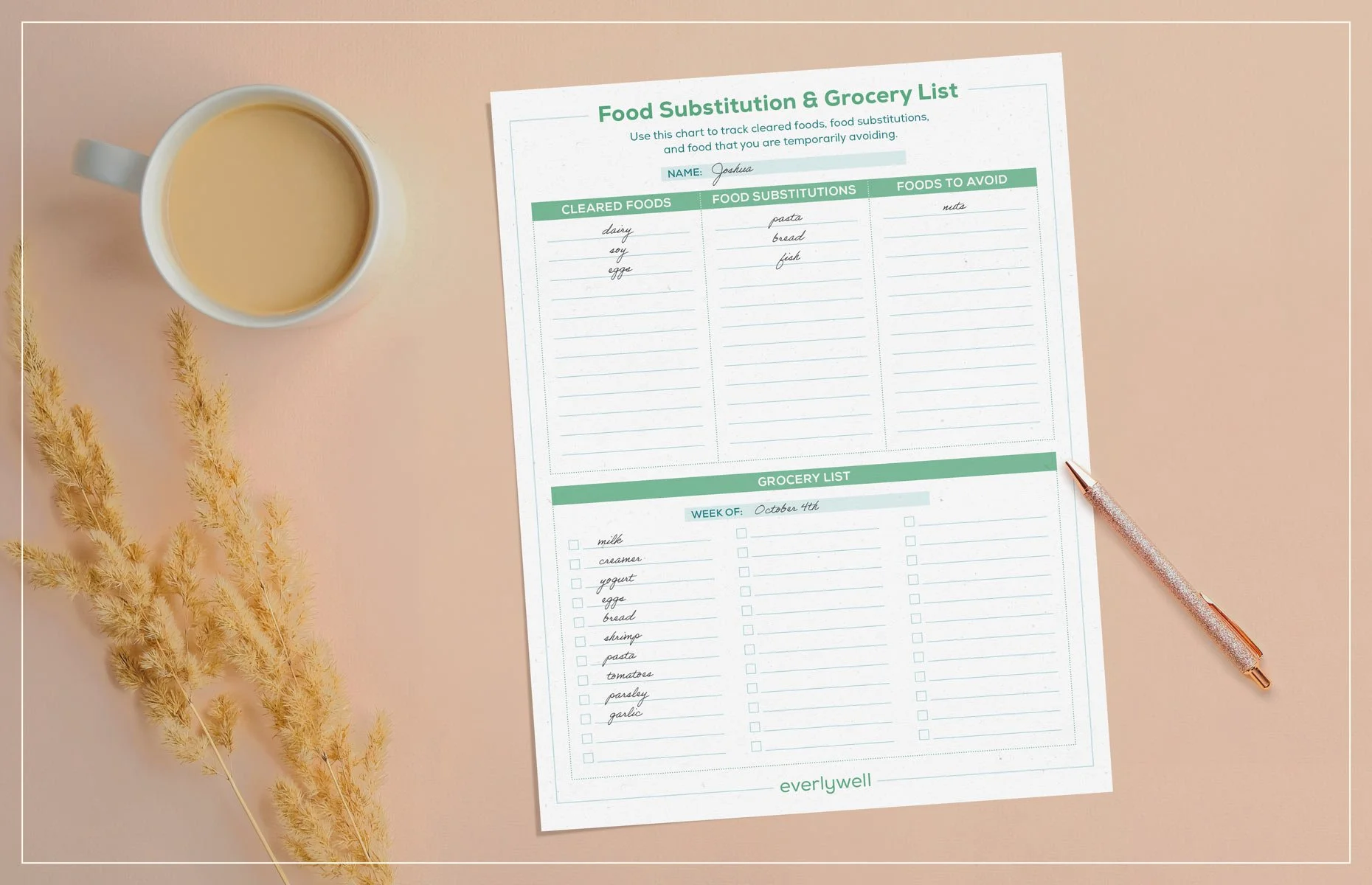5 Tips for an Allergy-Friendly Kitchen
When reorganizing your kitchen, your family members’ food sensitivities and food allergies can present a bit of a challenge. You’ll need to be aware of cross-contamination issues and prepared in the case of medical emergencies. Since there’s so much to keep in mind, it’s easy to get overwhelmed when creating an allergy-safe kitchen.
However, in this simple guide, we explain several tips to design a kitchen for those with food allergies and sensitivities. Keep reading to learn everything you need to start creating the allergy-friendly kitchen of your dreams.
1. Understand the Allergies
To make an allergy-friendly kitchen, it’s important to understand the severity of the food allergies in your home. Some allergies might be more serious and require a kitchen free of cross-contamination, such as celiac disease. Meanwhile, other food sensitivities like lactose intolerance simply involve the person’s dietary choices.
2. Organize Based on Needs
Once you learn more about the seriousness of your family member’s allergies, you can start figuring out the kind of organization that will keep them safe. For example, if your child needs limited exposure to tree nuts, you’ll want to create a kid-friendly kitchen with allergen-free refrigerator and cupboard drawers they can reach.
3. Use a Grocery List
When dealing with food allergies and sensitivities, another way to keep your kitchen safe is with a grocery list. It’s helpful to add this printable food substitution and grocery list to your refrigerator so everyone who shops for food knows which items to get. In addition to making your kitchen more allergy-friendly, using a grocery list helps you stay organized.
4. Keep Your Space Clean
One of the most important tips for creating an allergy-friendly kitchen is to keep it clean. Disinfecting surfaces regularly can help prevent cross-contamination for family members and guests with food allergies. Not only will cleaning up make your home more allergy-safe, but it will also make your kitchen look better.
5. Post Emergency Contacts
Keeping a list of emergency contacts handy is important for everyone, but it’s especially important for kids with food allergies. If your child is home with a friend or babysitter and you’re not around, having this printable allergy emergency contact sheet on your refrigerator can give you peace of mind in the case of exposure to allergens.
Renovating your kitchen with food allergies and sensitivities in mind can feel like an overwhelming task. However, simply by following these tips, you’ll be able to create a kitchen that’s both organized and allergy-safe.




